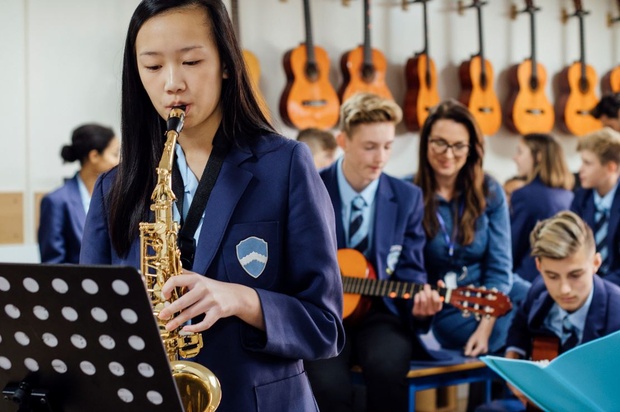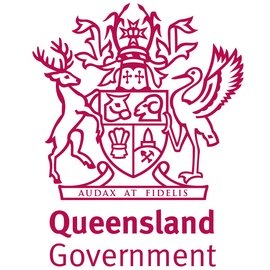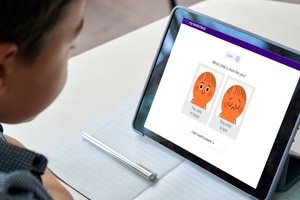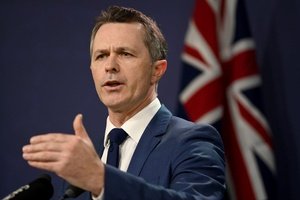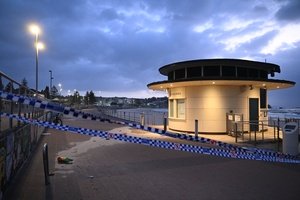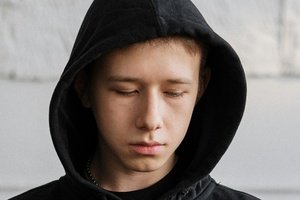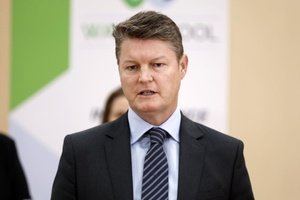Chair of NAAE, Dr John Nicholas Saunders, said over the past decade, there has been a steady erosion of Arts education in schools, and training pathways in universities.
Offerings in Arts education have been steadily reduced, and enrolments in senior secondary ATAR Arts subjects have plummeted across most states and territories.
“Between 2018 and 2025 alone, 40 creative arts courses have been discontinued by Australian universities, with many more courses having undergone major cuts,” Saunders said.
“The pipeline for future artists, arts workers, and arts teachers is being cut off at its source.”
A 2023 national survey conducted by Creative Australia found that 97 per cent of Australians engage with the Arts and 74 per cent believe they should be a core part of education – yet school enrolments continue to fall, primary school Arts provision is shrinking, and Creative Arts university courses are vanishing, Saunders said.
NAAE, which represents approximately 10,000 educators through peak Arts education associations, met with senior advisors to the Federal Education and Arts Ministers in late 2024 to sound the alarm on the growing crisis.
The organisation has since compiled new data and policy recommendations ahead of the upcoming federal election.
Saunders also highlighted the damaging impact of the Job Ready Graduates (JRG) Scheme, which increased student contributions for Creative Arts degrees by up to 113 per cent.
“This policy has decimated course offerings and made creative careers less accessible to young Australians,” he said.
Introduced by former Education Minister Dan Tehan under the Morrison Government, the scheme remains unchanged under the current Labor Government and Education Minister, Jason Clare.
Saunders said Job Ready Graduates has been a massive policy failure and caused widespread damage.
“We need urgent action to fix it before the arts education and training ecosystem collapses,” he said.
The Australian Universities Accord Final Report, delivered to government in February 2024, recommended a shift to a fairer system based on lifetime earnings.
NAAE urges all parties to act on this and ensure that Arts education is treated equitably within the tertiary system – not just within the elite performing arts institutions, but across the full breadth of creative disciplines.
Beyond preparing the next generation of artists, NAAE emphasises that Arts education is critical for all students.
“Arts education fosters deep literacy, creativity, collaboration, communication, and problem-solving – skills that are essential for life and work in the 21st century,” Saunders said.
“Every child deserves access to high-quality Arts education, regardless of their postcode, background, or career path.”
In its federal election statement, NAAE said it is seeking national leadership to ensure every Australian student has access to quality education in all five Arts subjects – Dance, Drama, Media Arts, Music, and Visual Arts – and to secure the future of the Arts in Australia through strong investment in Arts education and training.
“Meaningful investment, adequate resourcing, and sustained support, through professional learning and quality initial teacher education, are essential to harness the skills and insights developed across the Arts education sector in recent years,” Saunders said.
“This is critical to understanding how change is experienced on the ground and to realising the ambitions of Version 9.0 of the Australian Curriculum.”

